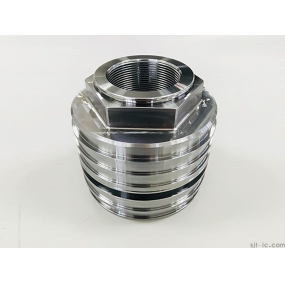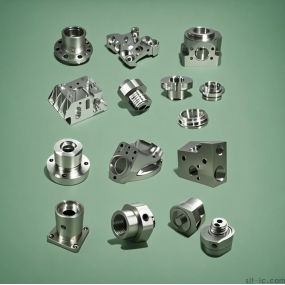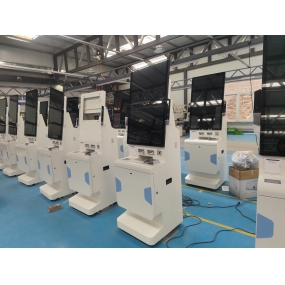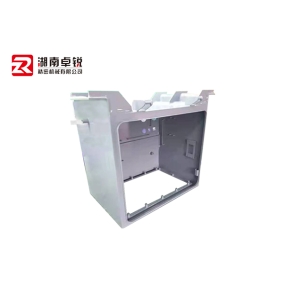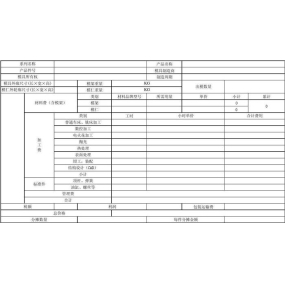In the processing of stamped parts in stamping processing plants, the stretching process is also a treatment method that is often used. During processing, the first thing you will encounter is the stamping direction of the stretched parts. This aspect is very important, it will not only directly affect the quality of the stretched parts, but also affect some related parameters in the process.
The stamping direction of the stretched part should meet the following requirements:
1. Ensure that the punch can enter the concave mold.
2. Make the contact area of the punch as large as possible, because this is most conducive to improving the deformation of the stretched parts.
3. The feed resistance of each part of the pressing surface should be kept uniform, which is also a strong guarantee for the quality of the stretched parts. 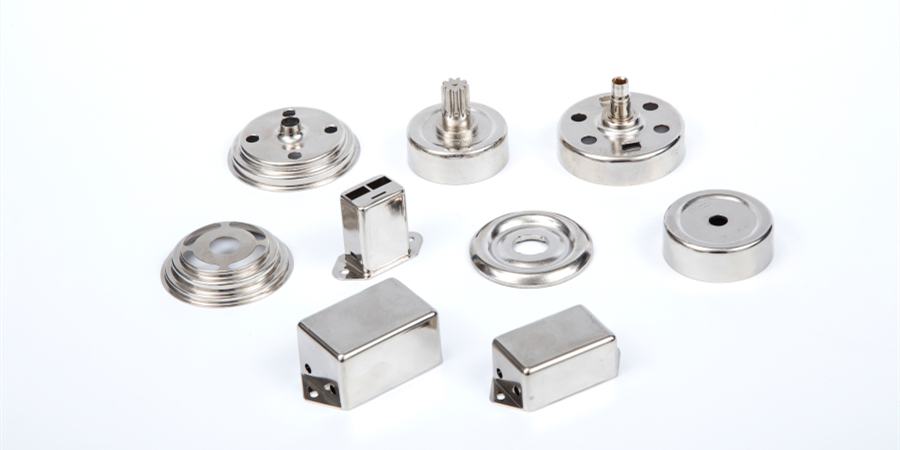 In the stretch forming process of stamping parts in a stamping processing plant, it is divided into one-time stretch forming and multiple-time stretch forming. The characteristic of one-time stretching is one-time molding, which can improve the production power. The disadvantage is that one-time molding is simple and not in place and can only stretch some relatively simple parts, and the degree of change of each stretch is required and cannot be changed too much.
In the stretch forming process of stamping parts in a stamping processing plant, it is divided into one-time stretch forming and multiple-time stretch forming. The characteristic of one-time stretching is one-time molding, which can improve the production power. The disadvantage is that one-time molding is simple and not in place and can only stretch some relatively simple parts, and the degree of change of each stretch is required and cannot be changed too much.
Multiple stretching can improve the pass rate of the product, and it is not easy to produce waste products. The center of multiple stretching is de-stressed and annealed and softened. Multiple stretching can ensure the accuracy of the workpiece, the elongation coefficient and the production power have been greatly improved. Multiple stretching can make the pulling more symmetrical and reduce the defective rate of the workpiece.
One-time stretching and multiple stretching have their own advantages and disadvantages. Stamping plants need to choose the stretching process according to product characteristics.
This article is from EMAR Mold Co., Ltd. For more EMAR related information, please click: www.sjt-ic.com,


 Spanish
Spanish Arabic
Arabic French
French Portuguese
Portuguese Belarusian
Belarusian Japanese
Japanese Russian
Russian Malay
Malay Icelandic
Icelandic Bulgarian
Bulgarian Azerbaijani
Azerbaijani Estonian
Estonian Irish
Irish Polish
Polish Persian
Persian Boolean
Boolean Danish
Danish German
German Filipino
Filipino Finnish
Finnish Korean
Korean Dutch
Dutch Galician
Galician Catalan
Catalan Czech
Czech Croatian
Croatian Latin
Latin Latvian
Latvian Romanian
Romanian Maltese
Maltese Macedonian
Macedonian Norwegian
Norwegian Swedish
Swedish Serbian
Serbian Slovak
Slovak Slovenian
Slovenian Swahili
Swahili Thai
Thai Turkish
Turkish Welsh
Welsh Urdu
Urdu Ukrainian
Ukrainian Greek
Greek Hungarian
Hungarian Italian
Italian Yiddish
Yiddish Indonesian
Indonesian Vietnamese
Vietnamese Haitian Creole
Haitian Creole Spanish Basque
Spanish Basque


